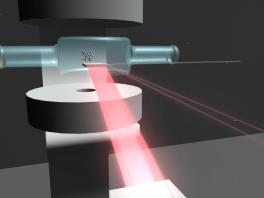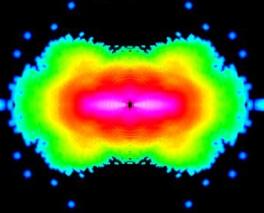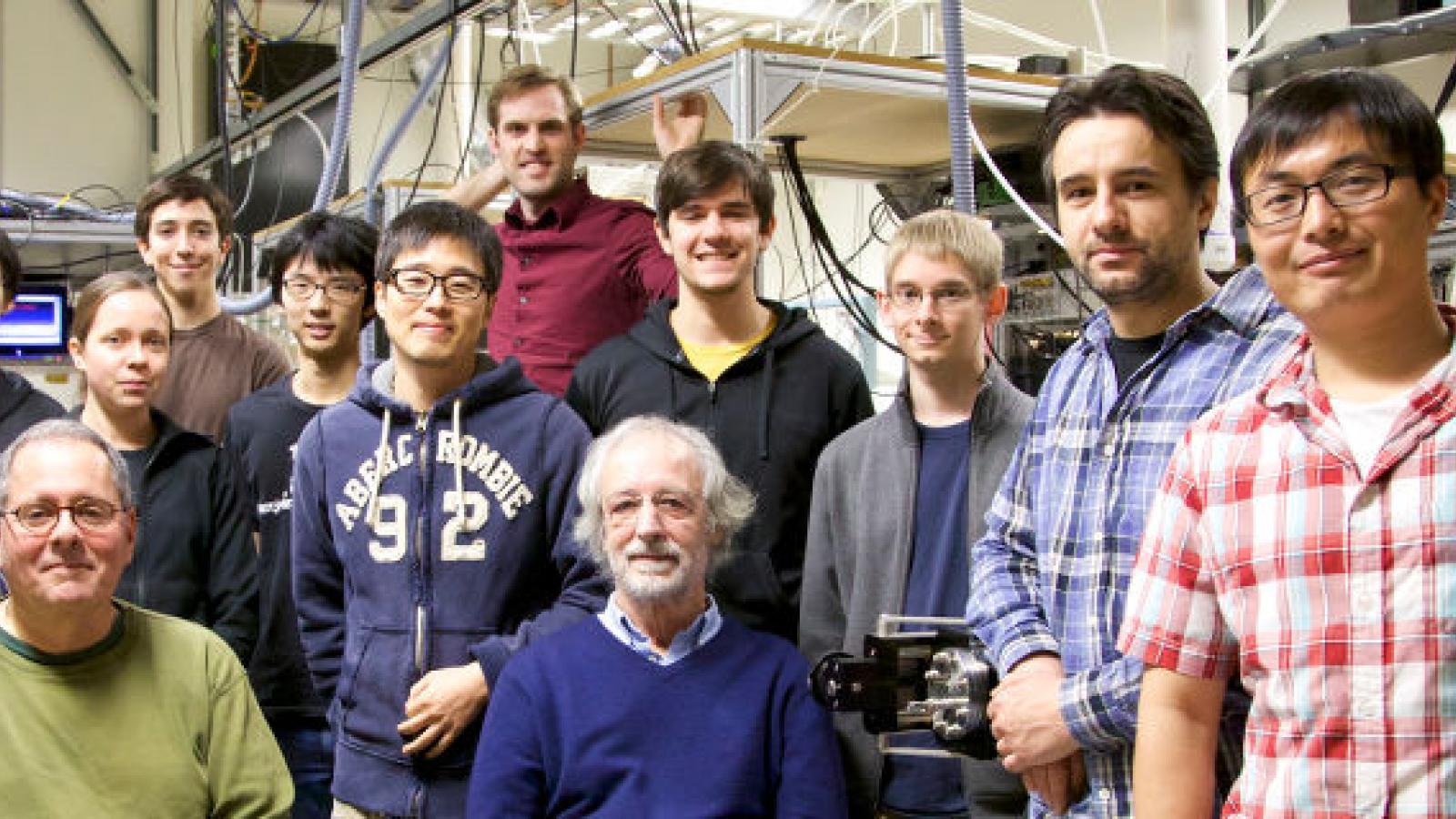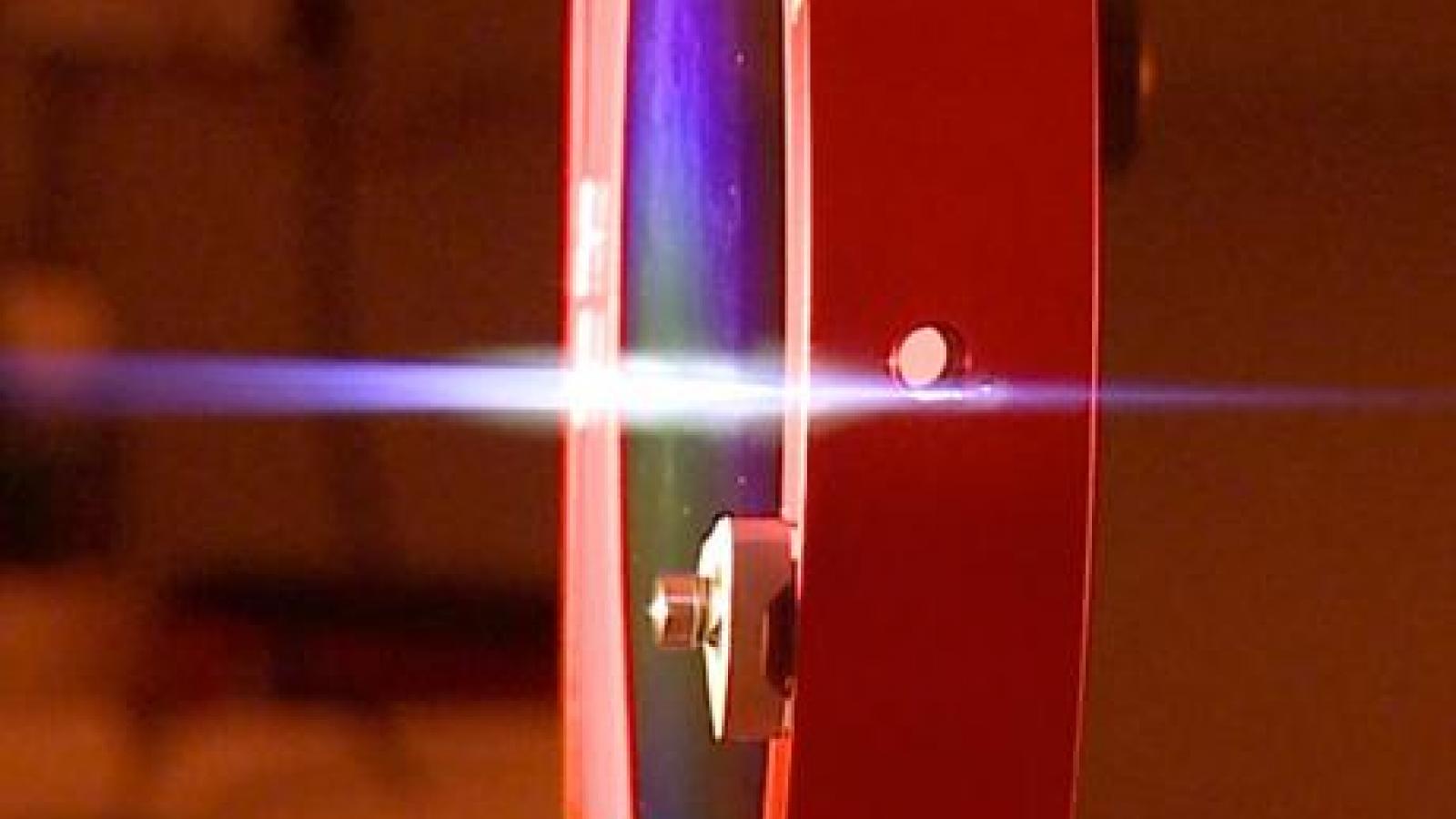Ohio State has long been a center for atomic, molecular and optical physics (AMO physics). The research program in AMO goes beyond traditional spectroscopic studies, encompassing laser physics, ultrafast optical physics, laser-plasma processes, investigations of planetary atmospheres and the interstellar medium, optical cooling and trapping of atoms, network and quantum information sciences. The department enjoys collaborations with strong laser groups in the Department of Chemistry including the Laser Spectroscopy Facility, which is a state-of-the-art laser laboratory. In addition, Ohio State is a leader in ultrafast technologies to study atoms and molecules, ranging from isolated laser matter interactions to solvent-solute interactions in liquids to laser-induced fusion processes.


- Quantum electronics working with millimeter and submillimeter waves; laboratory astrophysics and upper atmosphere physics; molecular collisions and chemical
- physics.
- Network science studying the dynamics of networks.
- Quantum information science research - how does the fundamental properties of quantum mechanics give rise to new methods for communication and computing?
- Using laser light to manipulate the translational degrees of freedom of atoms. Atomic samples at ultra-cold (less than 1 millikelvin) temperature s may be obtained.
- Multiphoton ionization of atoms and molecules.

- Ultrashort laser-plasma interactions.
- Coherent control of atomic systems.
- Propagation of intense laser pulses through solids, liquids and gasses. This involves super continuum generation, intensity dependent group velocity dispersion, plasma generation and other effects.
- High Energy Density Physics, a relatively new field of the experimental study of matter at the extremes of density and temperature. Although not found naturally
- on earth, it is the most abundant form of matter in the universe: stars (hedp.osu.edu).
Atomic, Molecular, and Optical Physics
- High Energy Density Physics
- Microwave Laboratory
- Dr. Douglass Schumacher's Research Group
- Dr. Greg Lafyatis's Research Group
- Agostini/DiMauro Research Group
- Dr. Daniel Gauthier QuantInfo Laboratory
Faculty
Particle-in-Cell and hydrodynamic simulations
High Energy Density Physics


